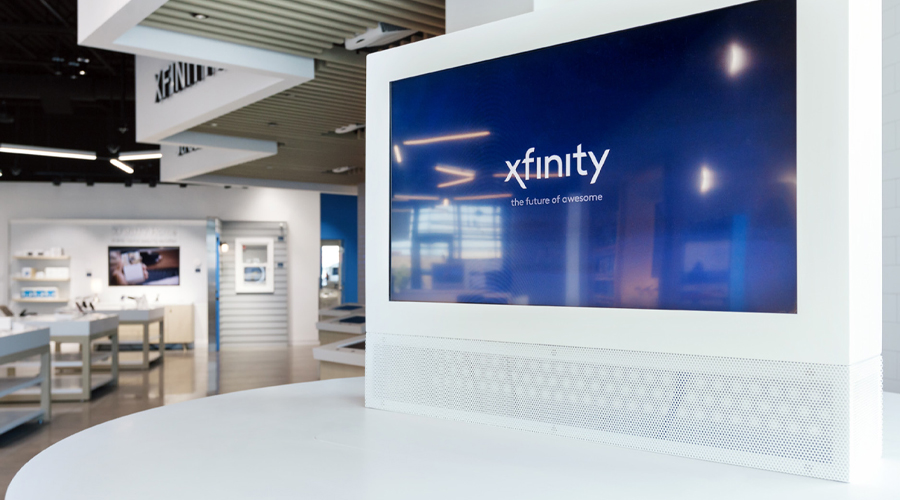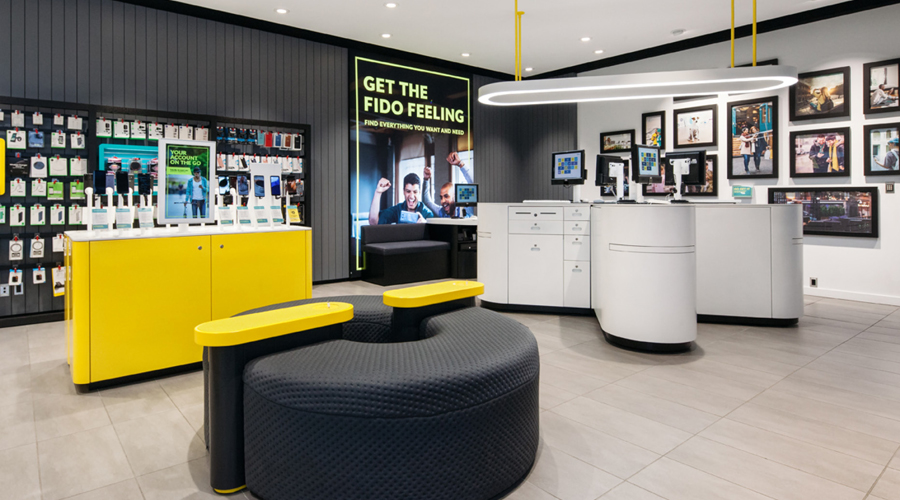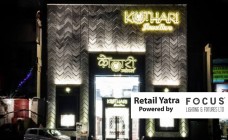How value engineering can preserve value, while reducing cost in retail
By N Jayalakshmi | May 21, 2021
At a time when retail businesses are getting squeezed due to uncertainties, a value engineering driven strategy might just be the way forward. Ian Johnston, Founder and Creative Director - Quinine, who has written an in-depth article on Value Engineering, shares with Retail4Growth, some fundamental principles of value engineering and its applications in retail.
 Could you start by giving a basic definition of value engineering in the retail context?
Could you start by giving a basic definition of value engineering in the retail context?
Value engineering in retail can be defined as the re-engineering of a retail experience with the aim of reducing the overall cost without negatively impacting the value that the customers and staff gain from the store.
In your recent article, you have said, ‘The focus should not just be on reducing fixture costs, but also on preserving ‘value’. Can you please explain that?
We often encounter retail businesses looking to reduce the costs associated with their stores. These exercises are usually driven by internal procurement teams who have had little exposure in how the retail experience provides value to both customers and staff. Crucially there is often a misconception in what customers value and where they find it in-store. Value does not only present itself through the price of the products and services as is often perceived, but also in the physical environment and how it works.
Without this understanding, the natural approach is to strip cost out of the physical environment by choosing cheaper materials and simplifying the construction. The problem with this is that if it is done without knowing what has driven the original design, the staff and customer experiences are negatively impacted; the value offered can become diluted or erased entirely.
So, how does a well-considered value engineering exercise help reduce store costs?
A well-considered Value Engineering exercise looks at the entire store operation, not just the fit out. The materials and detailing that makes up the physical store are important, but teams must take a more holistic view of the store environment to achieve the best results. How and where are all the store elements manufactured? How efficient is the delivery and installation of the store components? Can the design be adjusted to make this more cost-effective? Do the store operations such as the transactional systems create additional unnecessary cost?
All the most effective value engineering exercises look at the store in this holistic way. They consider all aspects of the store environment understanding whether making one big change or multiple, small interventions is most appropriate for the specific store format.
 What are the key questions that a project head or the store designers must ask as part of their value engineering exercise while planning/redesigning their stores?
What are the key questions that a project head or the store designers must ask as part of their value engineering exercise while planning/redesigning their stores?
Once the purpose of the exercise is clear (is it about ensuring that the format is as cost-effective as possible? or is it about defining a new budget store format?) there is one key question teams must ask:
How can we reduce costs without changing the staff and customer experience?
In order to answer this, teams must understand where the cost is. Similarly, they must consider where the value is in the store experience. To understand both of these elements fully, teams must have a clear understanding of the strategy and decisions that have driven the original design. Through this process and in asking these questions, teams can identify which experiences have the most value (and should therefore be ring-fenced), and which have the least value (and can be adjusted). The value engineering exercise that follows is about finding the appropriate balance between the costs and the prioritised experiences.
What are the typical challenges for a retail brand in taking a value engineering-based approach to cost management? How can they overcome these?
There are two areas that commonly present challenges throughout a Value Engineering exercise: Firstly, there is generally a time constraint. Often value engineering exercises happen when a concept has been successfully prototyped and the business wants to roll it out at scale. There is often a tension between the excitement in delivering a new concept quickly and the time needed to get it right. If rushed, poor decisions can be made and the experience suffers. The best way to overcome this is to get the design right at the start, in the prototype stage. Teams must schedule in the necessary design time throughout a project, but in particular at the start. Design should be considered an investment and not an expense. It’s a strategic tool that happens throughout the entire process, not just at one moment.
The second challenge we often encounter is alignment between all the project stakeholders. This typically relates to identifying the most valuable experiences, but it can also be in fully understanding what impact proposed changes may have. The way Quinine resolves this is to communicate clearly at all times using a mix of visuals, 2D, 3D and VR. With these tools, we put stakeholders into a virtual store to show them the impact of their decisions.
 Any recent example you can cite of how value engineering delivered the goods for a retail brand?
Any recent example you can cite of how value engineering delivered the goods for a retail brand?
In 2019 our client Xfinity in the US asked us to review their standard retail format to understand how it could be adapted to support a franchisee model. In its existing state, it was too costly for any external partners to invest in. In an exercise that considered the entire store eco-system and not just material finishes and construction details, we were able to reduce the overall store cost by more than 60%. Whilst some of the secondary store experiences were removed from the concept, as a result of smaller stores as much as cost-saving, the core customer journey and store experience were maintained. The resulting concept, known as ‘XR Branded Partner’, now has over 30 stores throughout the US with a further 30 planned in the coming year, enabling Xfinity to reach more customers and raise greater awareness of their products and services.
Any final thoughts on this that you’d like to share?
For a retailer to maximise their investment and ensure nothing gets lost in translation, it’s essential that those involved in defining the design strategy are also involved in the manufacture of the design. It is this end-to-end process that makes a value engineering review successful.
Read the article by Ian Johnston on Value Engineering here.
Pics and captions courtesy : Quinine









Comments